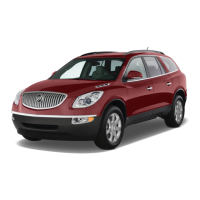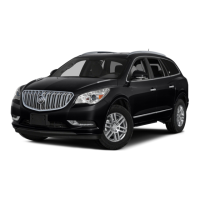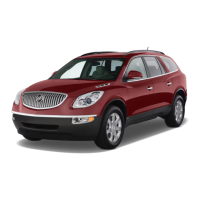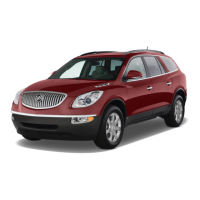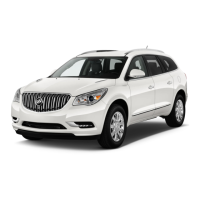Towing
Towing Your Vehicle
To avoid damage, the disabled
vehicle should be towed with all
four wheels off the ground. Consult
your dealer/retailer or a professional
towing service if the disabled vehicle
must be towed. See Roadside
Assistance Program on page 7-6.
To tow the vehicle behind another
vehicle for recreational purposes
(such as behind a motorhome), see
“Recreational Vehicle Towing”
following.
Recreational Vehicle
Towing
Recreational vehicle towing means
towing the vehicle behind another
vehicle – such as behind a
motorhome. The two most common
types of recreational vehicle towing
are known as “dinghy towing” (towing
the vehicle with all four wheels on the
ground) and “dolly towing” (towing
the vehicle with two wheels on the
ground and two wheels up on a
device known as a “dolly”).
Here are some important things to
consider before recreational
vehicle towing:
• What is the towing capacity of the
towing vehicle? Be sure to read
the tow vehicle manufacturer’s
recommendations.
• What is the distance that will be
travelled? Some vehicles have
restrictions on how far and how
long they can tow.
• Is the proper towing equipment
going to be used? See your
dealer/retailer or trailering
professional for additional advice
and equipment recommendations.
• Is the vehicle ready to be towed?
Just as preparing the vehicle for a
long trip, make sure the vehicle is
prepared to be towed. See Before
Leaving on a Long Trip on
page 4-12.
Dinghy Towing
If the vehicle is front-wheel-drive, it
can be dinghy towed from the
front. These vehicles may also be
towed by putting the front wheels on
a dolly. See “Dolly Towing” later
in this section.
If the vehicle is all-wheel-drive, it
can be dinghy towed from the front.
These vehicles can also be towed by
placing them on a platform trailer
with all four wheels off of the ground.
These vehicles cannot be towed
using a dolly.
Driving Your Vehicle 4-21

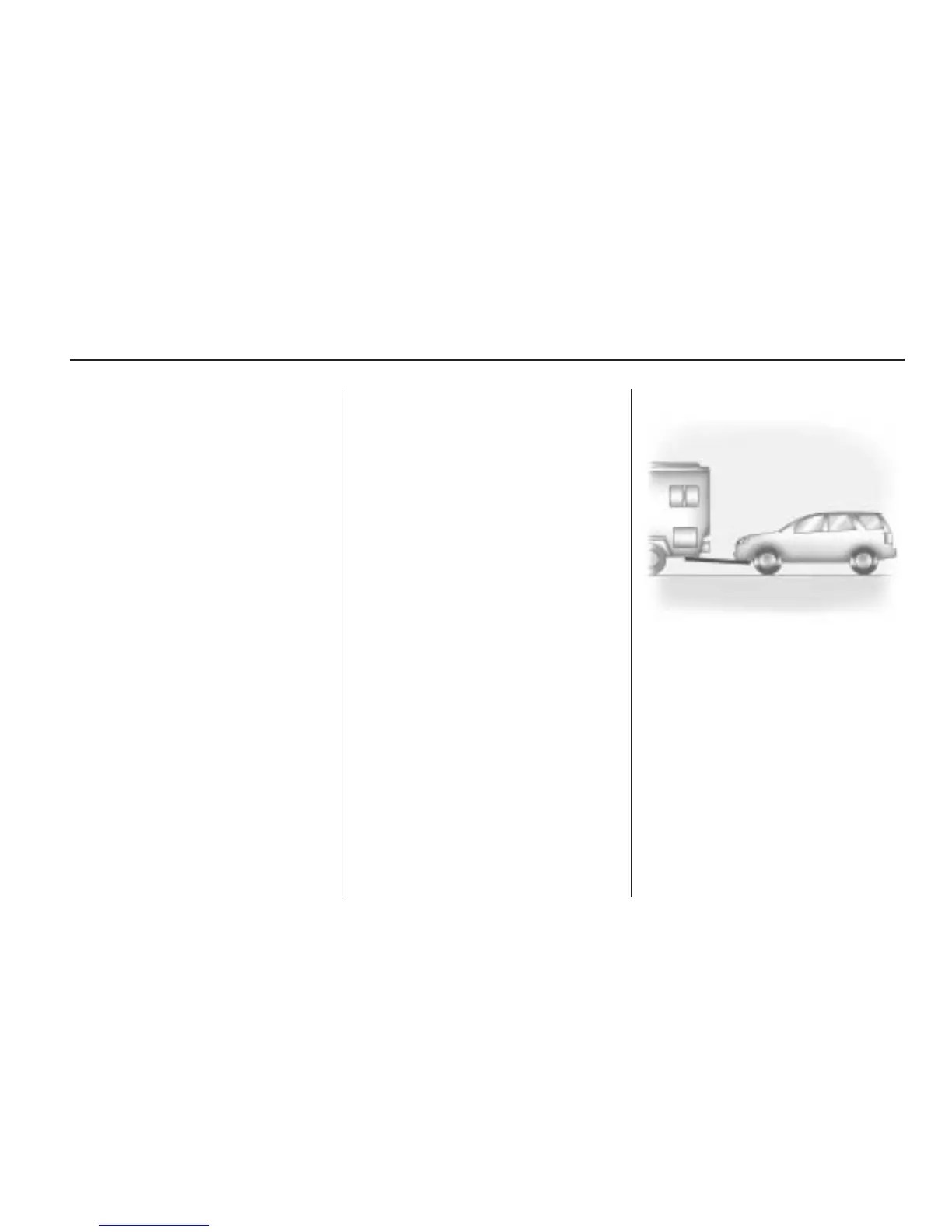